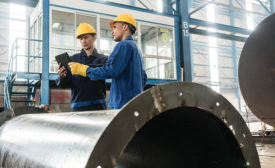Featured on Home Page
Your personal guide to safety tech disruption
Technology penetrates professional comfort zones
September 1, 2017
Op-Ed piece
Southern construction study shows deficiency in labor conditions
September 1, 2017
The politics of the profession
When to keep secrets, zip the lip or bend rules
August 29, 2017
Become a Leader in Safety Culture
Build your knowledge with ISHN, covering key safety, health and industrial hygiene news, products, and trends.
JOIN TODAYCopyright ©2025. All Rights Reserved BNP Media.
Design, CMS, Hosting & Web Development :: ePublishing










